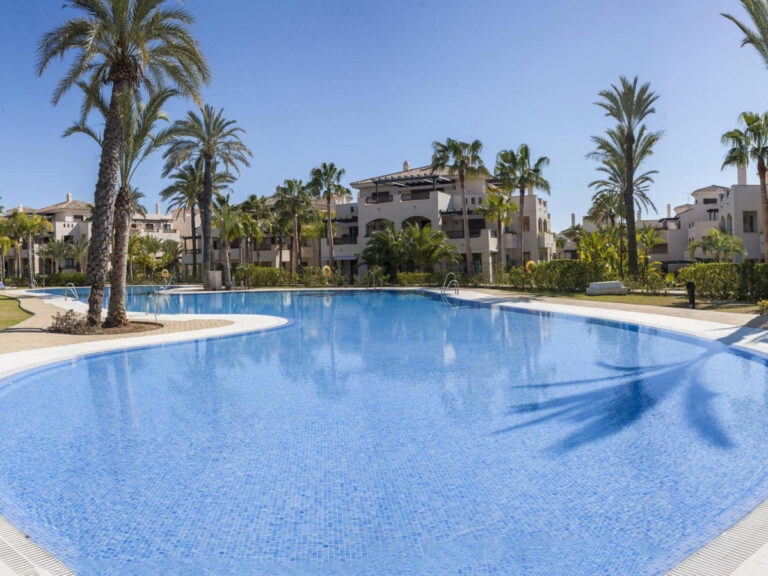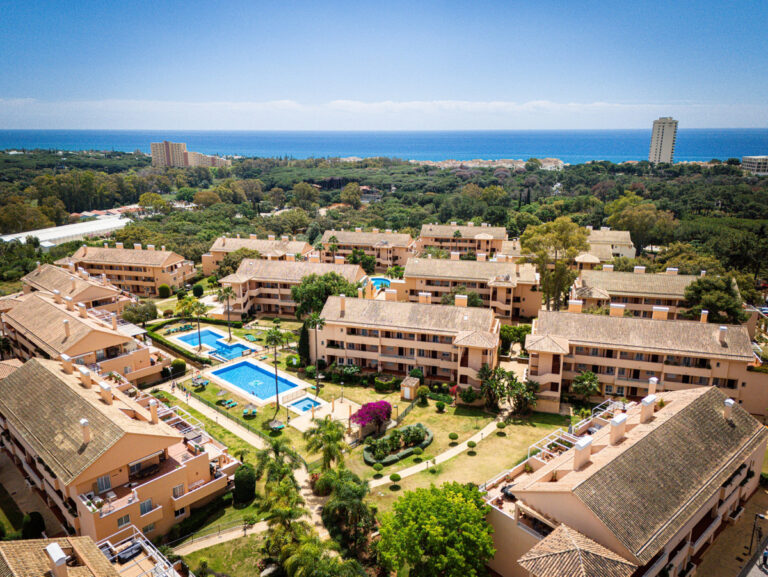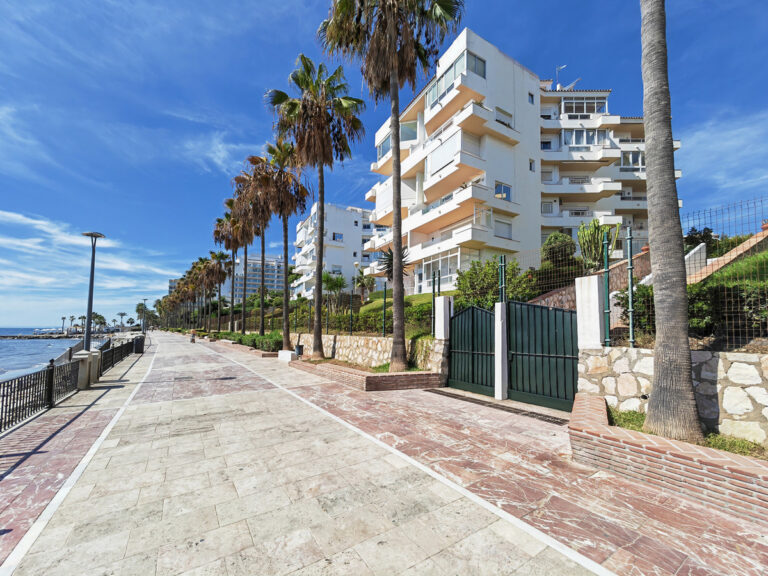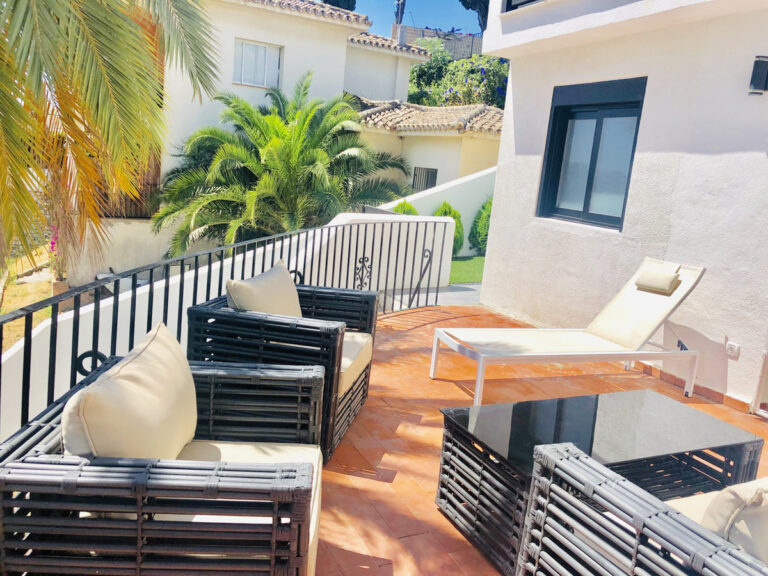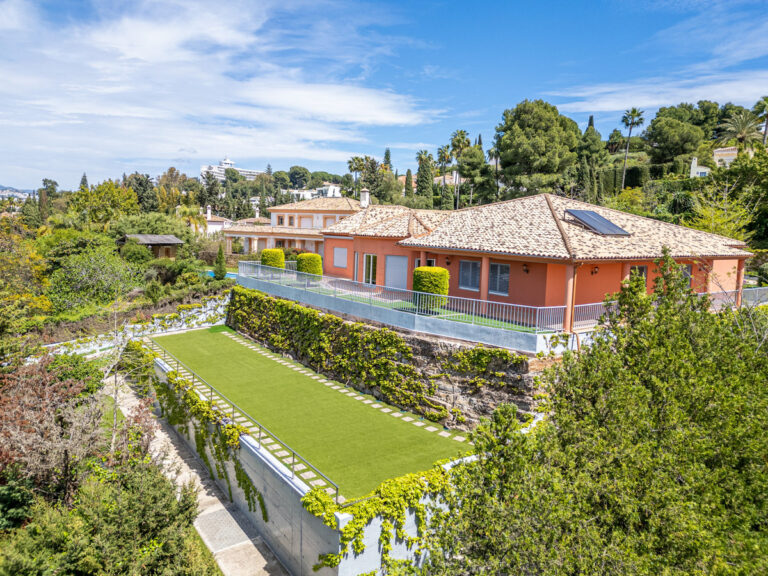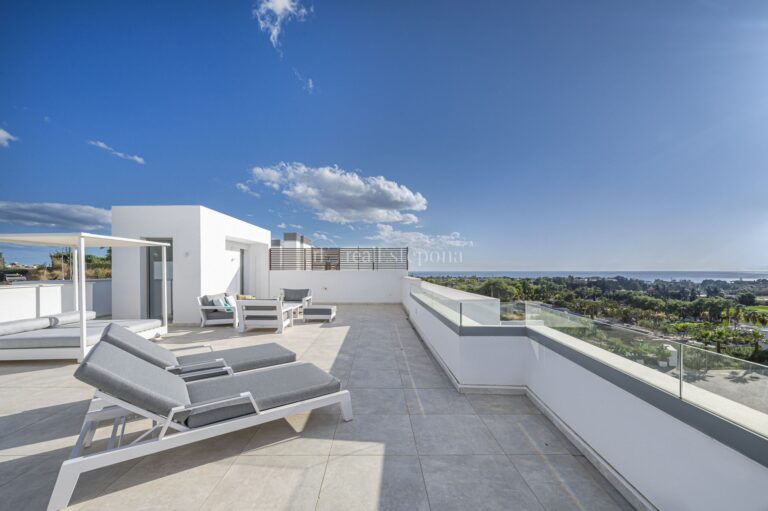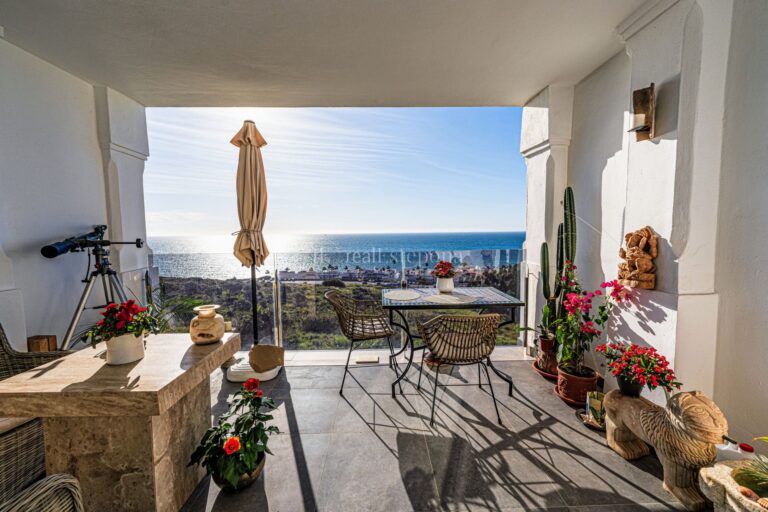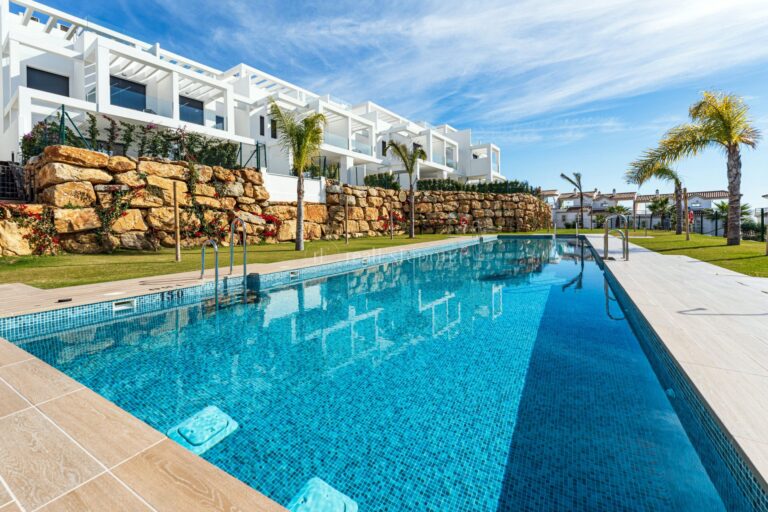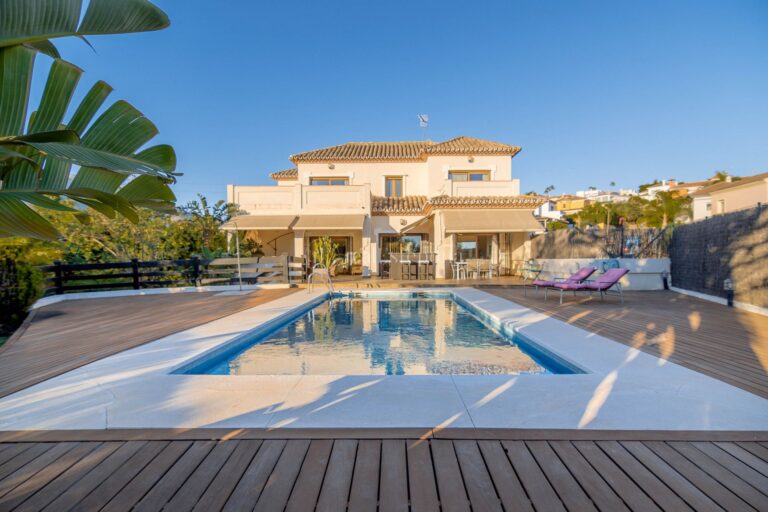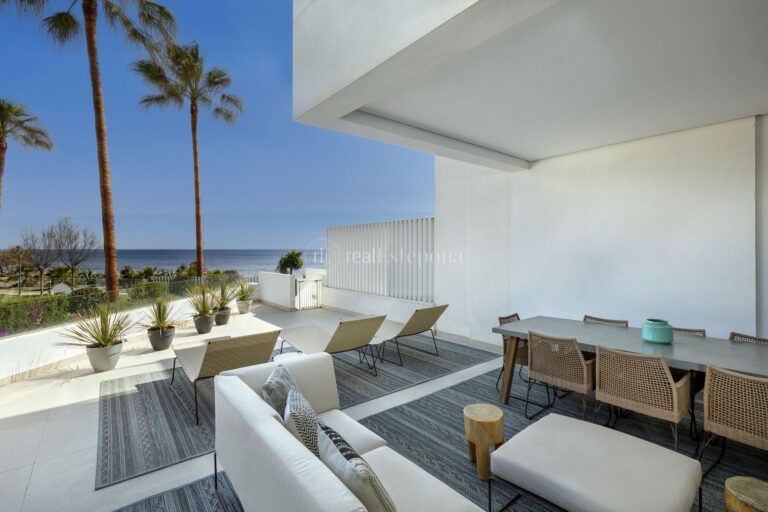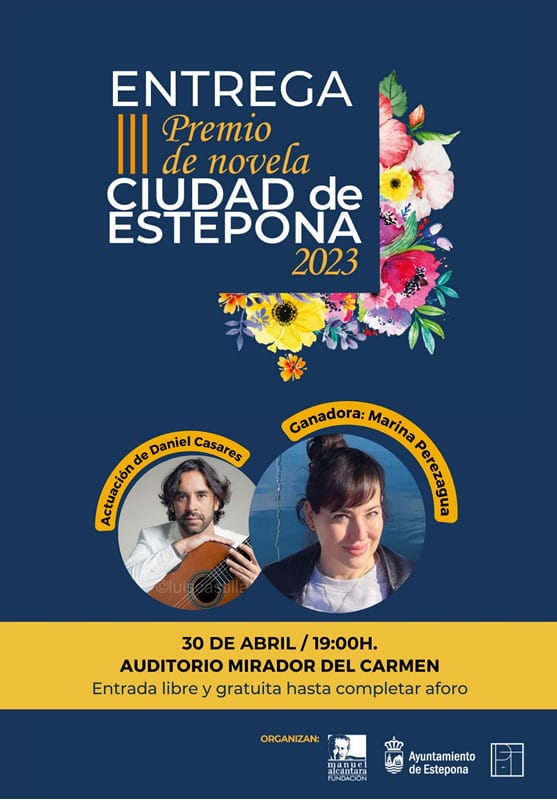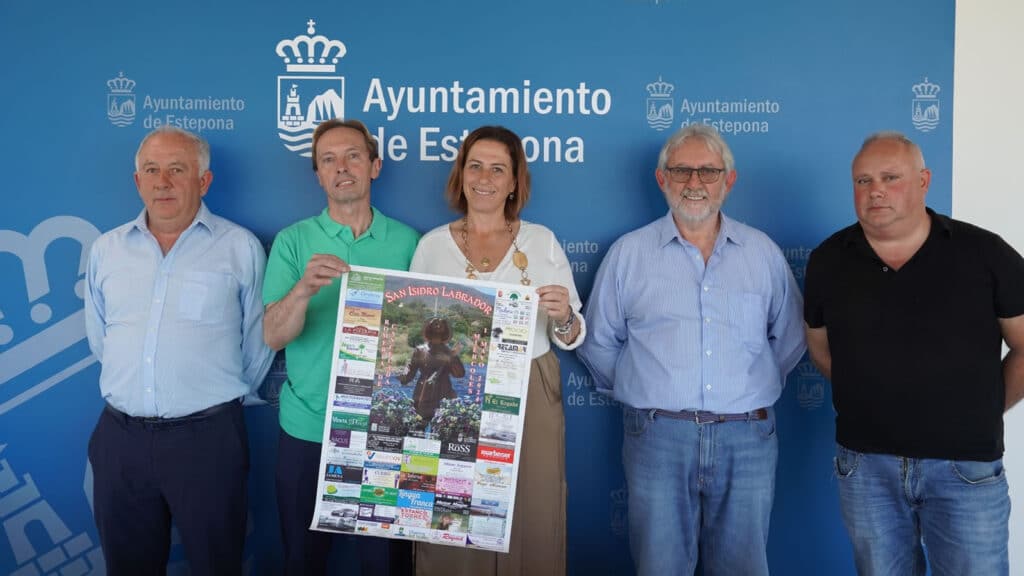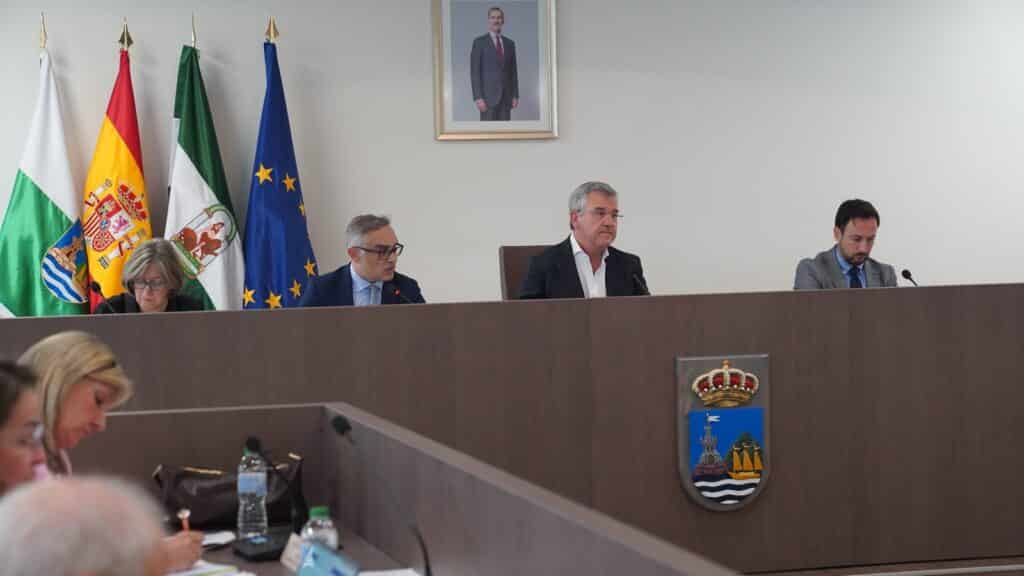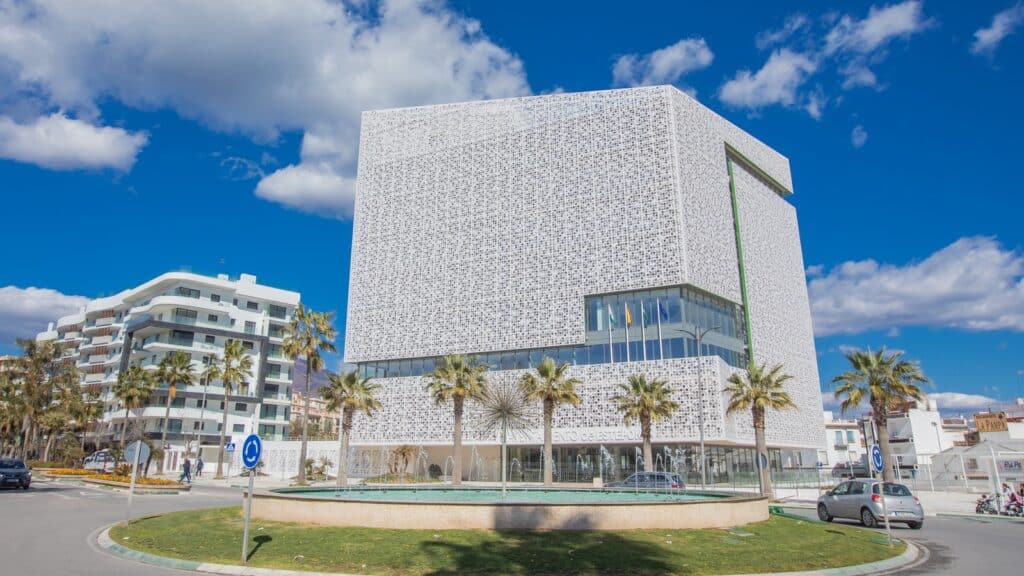Work begins to restore the Castillo de San Luis, a 16th century building that will be converted into a museum center
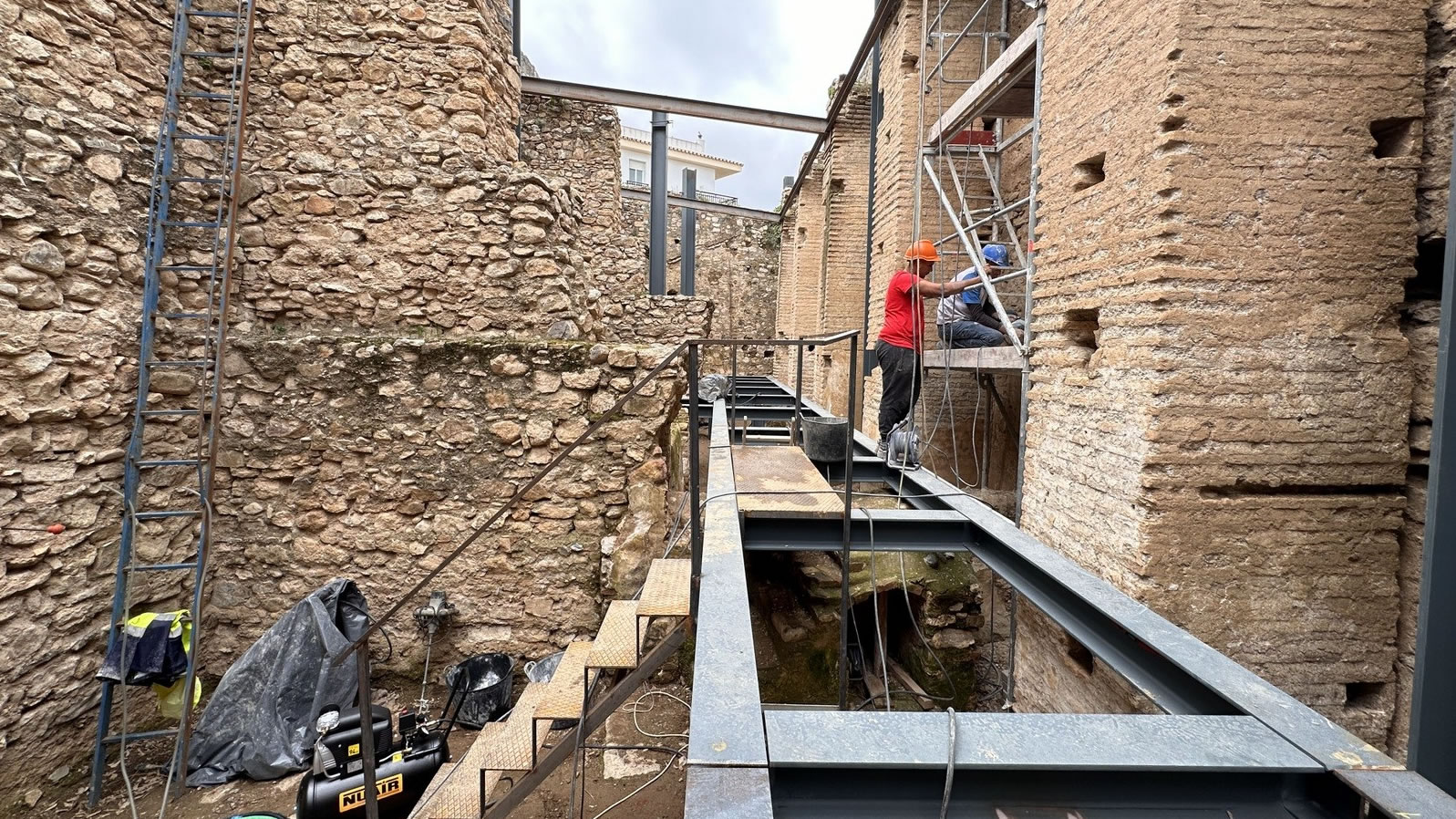
The fortress, located in the historic center of Estepona, has remained hidden and unused for almost a hundred years.
The Estepona City Council informs that works have begun for the conservation and recovery project of the Castillo de San Luis, a coastal fortress built in the last quarter of the sixteenth century, whose remains are located in the historic center of the city.
The project includes two phases of intervention. The first phase consists of cleaning, conservation, stabilization and consolidation of the existing remains, as well as the elimination of plant elements attached to the structure. The second phase focuses on the enhancement of the footprint and the remains of the castle using the historical-architectural-archaeological remains to explain and interpret the property.
The ultimate goal is to recover this enclave, which has remained hidden and unused for nearly a century, and turn it into a museum center, as explained by the mayor of Estepona, José María García Urbano. To do this, it will proceed to the placement of a cover over the archaeological remains, which will not be visible from the outside, and that will enable the use of the interior space as a museum room.
In addition, a walkway will be installed to allow visitors to tour the interior of the castle and contemplate the remains of the different historical phases of the building that have appeared during the earthworks and archaeological excavations carried out.
Finally, the project foresees the installation of several panels and didactic audiovisual elements to help in the interpretation of the castle’s surroundings, as well as a space to exhibit collections of historical interest.
The enormous value of this action in the Castle of San Luis is to make known a period of several centuries of Estepona’s history through a visit to the monument and to offer society a space full of history that contains floors from the sixteenth century, walls from the eighteenth century, and even older pieces. The project proposes a socially responsible intervention, accessible to people with reduced mobility. It has also been designed as an intelligent intervention, which maximizes its possibilities through the use of new technologies.
The alderman has indicated that the archaeological recovery of this monument is “a great milestone” in the work that for more than a decade the Consistory has been doing to enhance the historical and artistic heritage of Estepona. “It is a historical bastion that we have in Estepona. Built in 1568, the Castle was part of the defensive system of the city at that time. These are important works that are being carried out, and what we are going to achieve when it is definitively recovered is that it has museum content and serves to explain the history and evolution of the city in all the centuries that preceded us.”
The Castle of San Luis de Estepona is a coastal fortress built in the last quarter of the 16th century, as part of the reorganization of the defense of the western coast of Malaga after the Moorish rebellion of 1568. Its original purpose was to reinforce the southern front of the walls of Islamic origin, dominating the natural anchorage of the beach of La Rada. Its most outstanding elements were three artillery bastions and a large porticoed parade ground, with several barracks.
In the middle of the 18th century, part of the Castle of San Luis underwent an important transformation and was restructured as a cannon battery. After the damage caused by the earthquake of Lisbon in 1755 and the blasting caused by the French in 1812, much of the castle was abandoned and fell into ruin, surviving only the cannon battery, which was incorporated as a courtyard to a house built in the late nineteenth century.
The works, awarded to the company Grafeno Inversiones, S.L.U. for 531,795 euros (VAT included), are financed through the Recovery, Transformation and Resilience Plan-Next Generation EU Funds.

